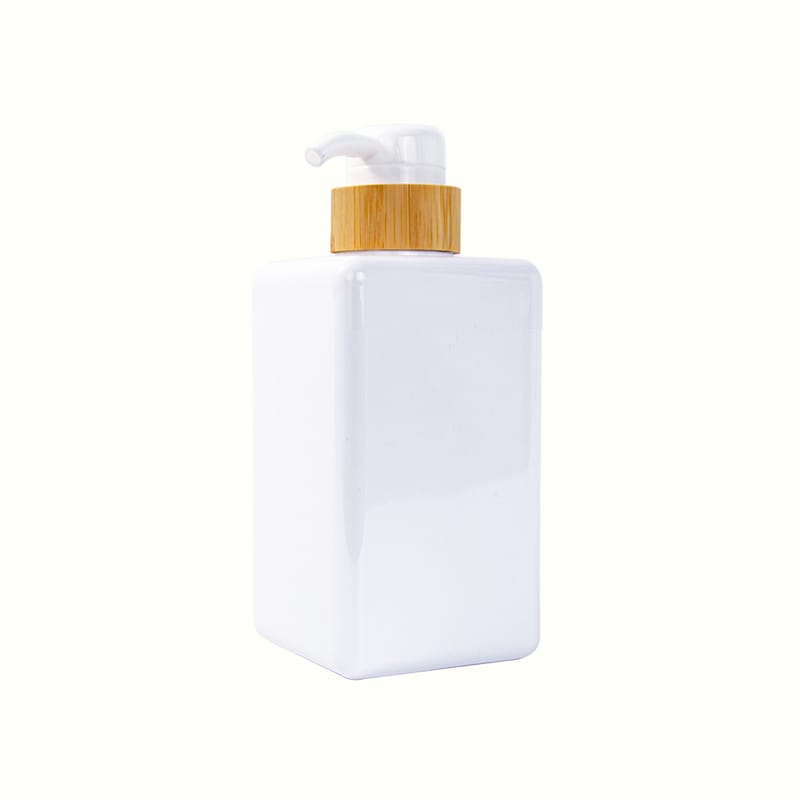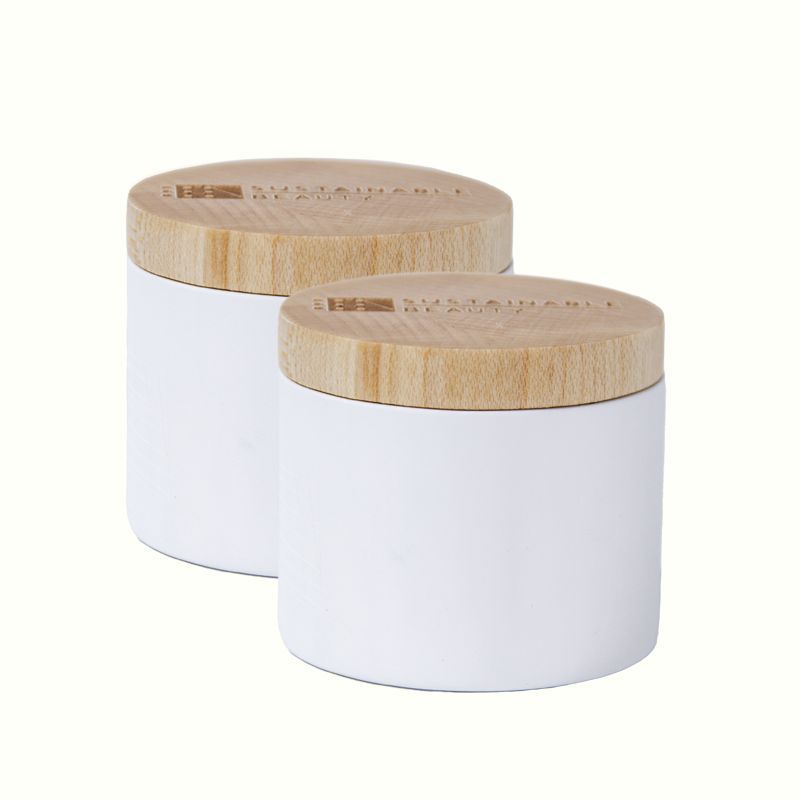Hot sale Factory Skincare Package - PLA Round Shape Compact Powder Container – YiCai
Hot sale Factory Skincare Package - PLA Round Shape Compact Powder Container – YiCai Detail:
Shapes and Design:
All customers should be able to use a well-designed product. His appeal is high-end, texture, and simplicity in a black and round design. Bring you satisfaction, good packaging will make you attractive, packaging is even more significant than the goods since contentment is the most significant factor. Because less is more in minimalist design, black will never go out of style.
Coco Chanel, Ms. Chanel: “I advocate black, and black is popular today, because black can dissolve everything.” If I were to write a book on tailoring techniques, I would write: “A good dress is suitable for all body types people wear.”, black, also a favorite in all professional fields.
Jobs: “I asked Issey Miyake to make me some of his black turtleneck sweaters, and he sent me over 100 of them.”
Jobs once recalled, “I only wore this, and they were enough for my whole life.”
His reason is: he fell in love with the idea of wearing a black uniform for himself. In addition to not having to worry about what to wear every day, black uniforms have the ability to convey a unique style.
Obama Black suit and red striped tie from HSM
Obama explained his unchanging dressing habits: “I try to minimize the choices I have to make. I don’t want to spend too much time thinking about what to eat or what to wear because I already have so many decisions to make!”
Features
Replaceable, Recycle, and Reuse structures
PLA is not a plastic, but a plastic made from plant starch. Unlike traditional plastic, its source is renewable resources such as corn starch, which also makes it biodegradable. Since PLA is derived from natural resources, it can be continuously produced. PLA plastic has some important ecological benefits compared to its petroleum by-products. For example, in a controlled environment, PLA biodegradable naturally, returning to the earth, so it can be classified as a biodegradable and compostable material.

Excellent biodegradability applies to PLA. It can naturally breakdown into carbon dioxide and water under composting conditions and can be totally broken down by soil microbes 180 days after disposal. It does not harm the environment and lowers the amount of CO2 emissions and solid waste produced during the production of petrochemical products. Waste polylactic acid products can be disposed of using a variety of techniques, including composting and natural decomposition.
PLA is a biodegradable biomass material, which is an environmentally friendly material, different from general petrochemical products, so it reduces the dependence on petroleum, a limited resource, and indirectly reduces the greenhouse emissions from crude oil refining and other processes gas, so energy saving and carbon reduction.
PLA will not decompose automatically in the natural environment, but only in a specific environment in use, it can be used at normal temperature like ordinary plastic products, but because PLA is not heat-resistant, it is recommended not to use PLA products in an environment exceeding 50 degrees.
More Details of product
Free Samples
Free returns
Contact Us
Product detail pictures:






Related Product Guide:
Sustainable packaging is essential for reducing waste and protecting the environment. It is made from materials that have a lower environmental impact than traditional packaging, such as biodegradable, compostable, or recyclable materials. Sustainable packaging solutions also reduce the amount of energy and resources needed to produce and transport packaging materials, which helps to lower greenhouse gas emissions and minimize the carbon footprint of products. As Bamboo manufacturer, we suggest sustainable packaging options and help businesses and individuals make more eco-friendly choices when it comes to packaging. Hot sale Factory Skincare Package - PLA Round Shape Compact Powder Container – YiCai, The product will supply to all over the world, such as: Estonia, Juventus, India, There are a number of environmental problems caused by human activities, such as climate change, deforestation, pollution, and biodiversity loss. Climate change is one of the most pressing issues, as it is causing rising global temperatures, changing weather patterns, and rising sea levels. Deforestation is also a critical problem, as it has serious consequences for wildlife habitat, soil erosion, and carbon sequestration. Pollution is another major issue, as it can harm human health, wildlife, and the environment. Biodiversity loss is also a concern, as it can lead to the extinction of species and disrupt ecosystems. Addressing these problems requires collective action to reduce greenhouse gas emissions, protect natural habitats, reduce pollution, and promote sustainable practices.
Product variety is complete, good quality and inexpensive, the delivery is fast and transport is security, very good, we are happy to cooperate with a reputable company!






